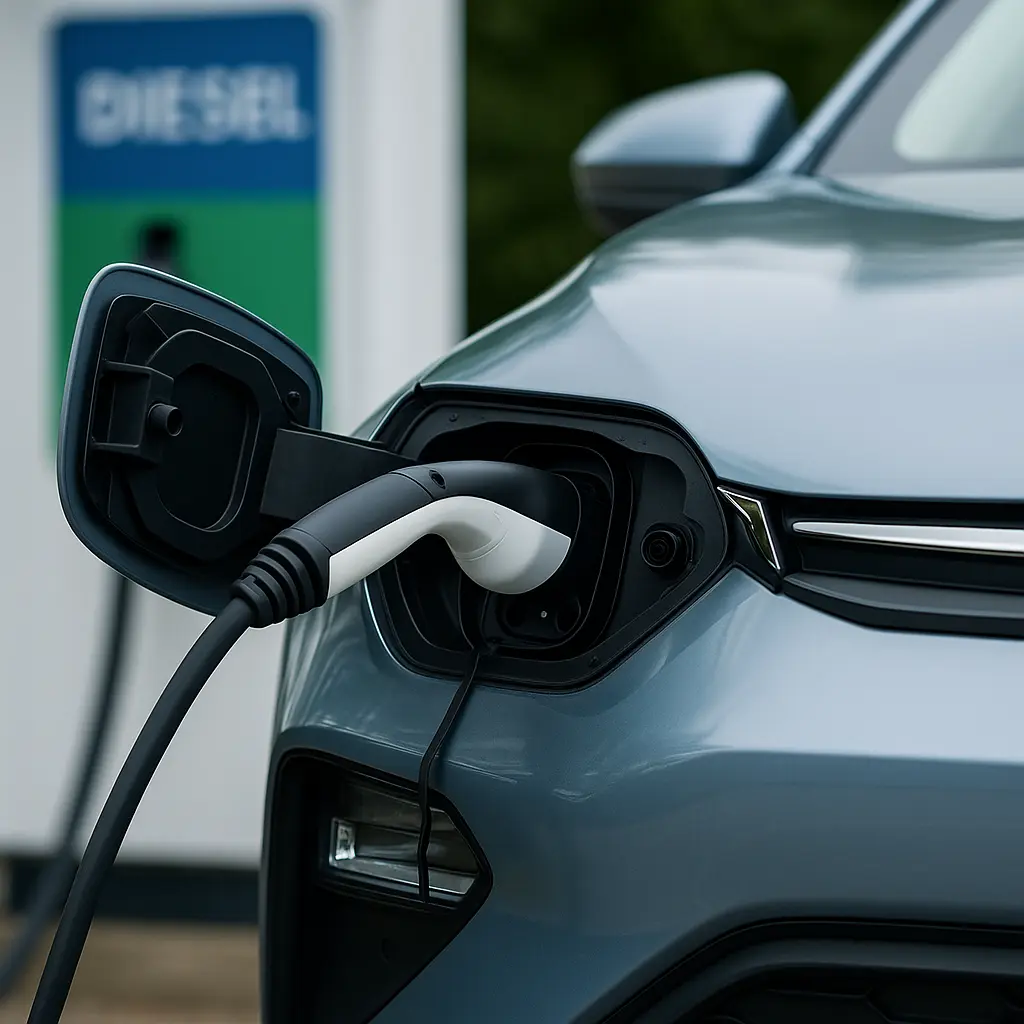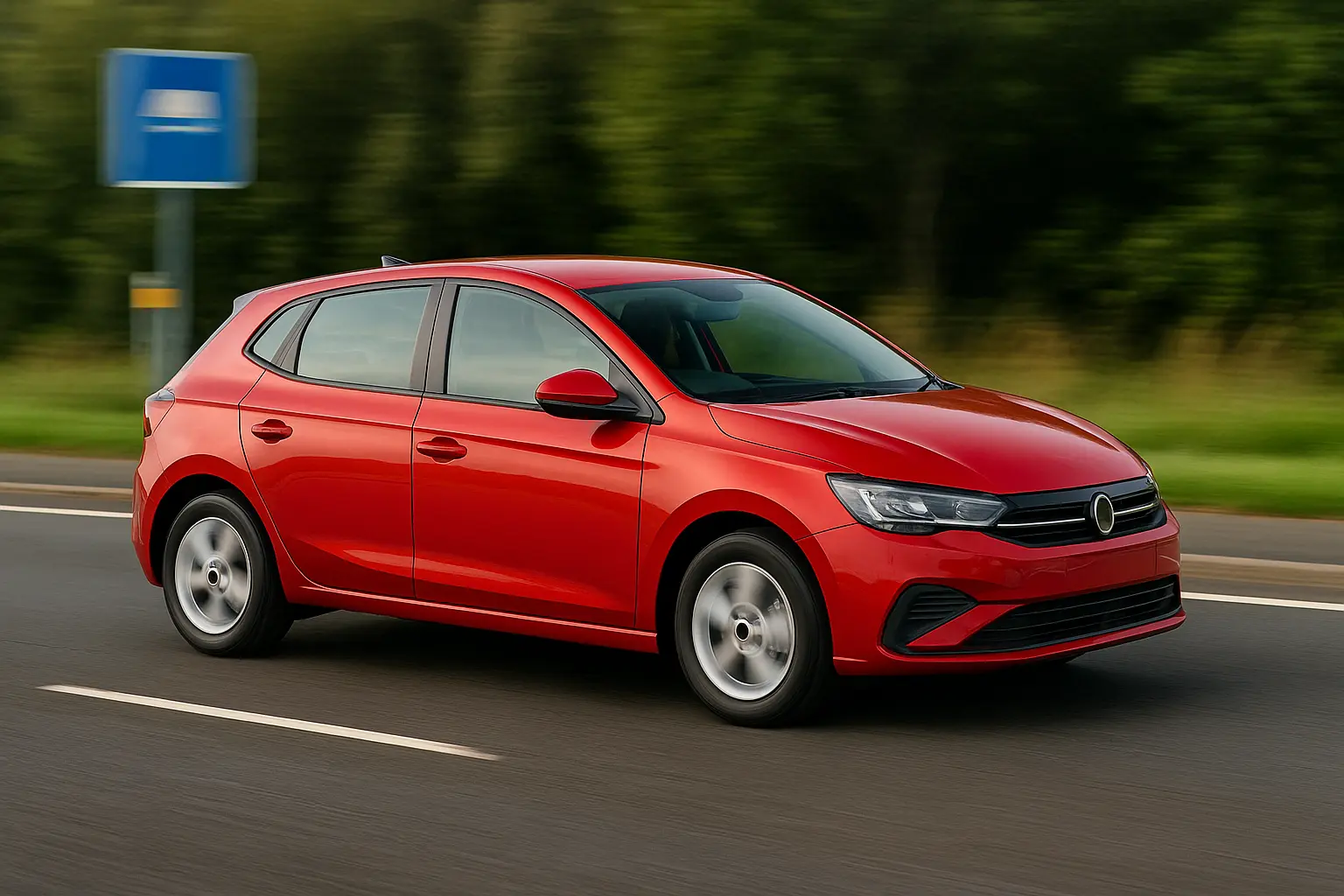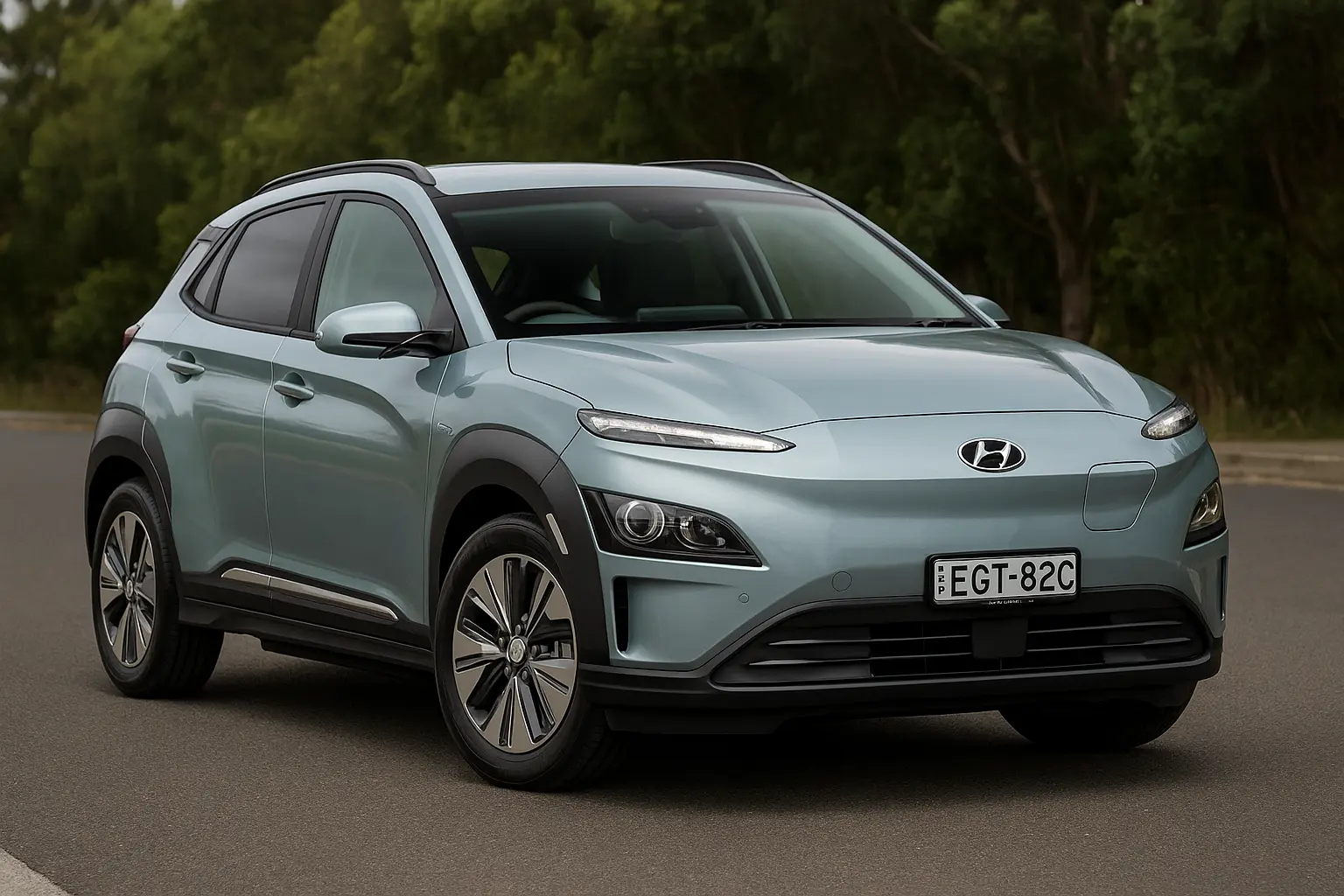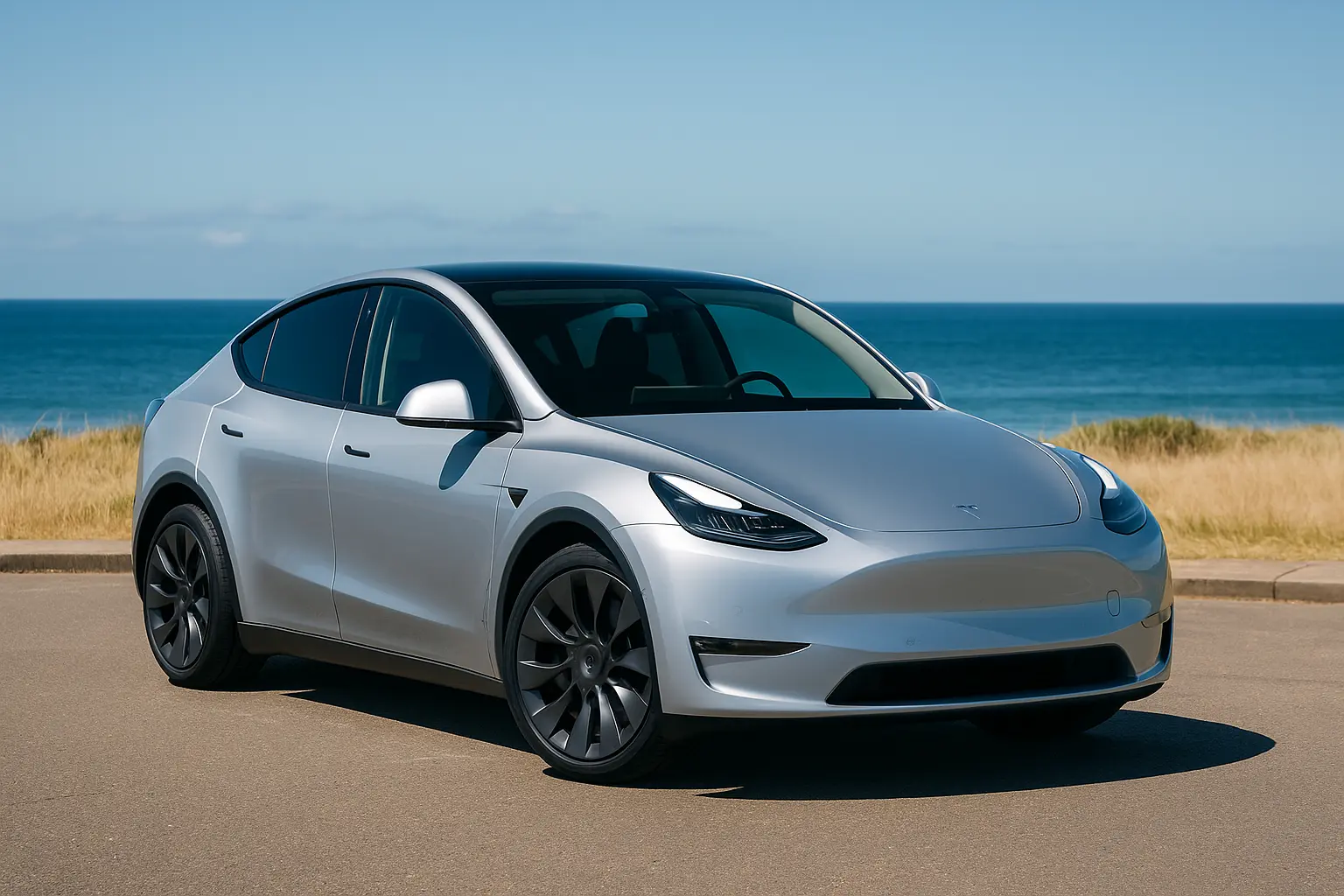Table of Contents
Introduction to Euro Emissions Standards
What Is Euro 6 and Euro 7?
Timeline of Adoption in Australia
How Australia Enforces Emission Laws
Petrol vs Diesel: Who’s Hit Harder?
The Role of Electric and Hybrid Cars
Key Changes in Car Design & Technology
Impact on Car Buyers in 2025
Future of Euro 7 in Australia
Final Thoughts: Clean Air Meets New Tech

1. Introduction to Euro Emissions Standards
In 2025, Australia is increasingly aligning with international emissions standards—specifically, those set by the European Union. These “Euro” standards regulate the maximum emissions cars can produce and are a critical part of reducing transport-related air pollution.
While these rules were adopted across Europe years ago, Australia has been catching up—especially as it works to improve air quality in urban areas and reduce greenhouse gases. This alignment has major consequences for Aussie car buyers, manufacturers, and importers alike.
2. What Is Euro 6 and Euro 7?
The term “Euro emissions standard” refers to a series of regulations introduced by the EU to limit vehicle emissions. The standards began with Euro 1 in 1992 and have gradually become stricter. As of 2025, Euro 6 is the primary benchmark in Australia, with Euro 7 on the horizon.
Euro 6 Highlights:
Limits nitrogen oxide (NOx) emissions to 80 mg/km for diesel and 60 mg/km for petrol cars.
Reduces particulate matter from diesel engines with the use of diesel particulate filters (DPFs).
Requires advanced catalytic converters and on-board diagnostics.
Euro 7 (Coming Soon):
Targets real-world emissions (RDE), not just lab-tested results.
Introduces stricter limits for NOx and particulates from both petrol and diesel cars.
Includes brake dust and tyre particle emissions for the first time.
Applies to combustion and electric vehicles alike (for non-tailpipe emissions).
3. Timeline of Adoption in Australia
Australia has historically lagged behind Europe in implementing emissions regulations, but this has changed dramatically in recent years due to growing pressure from environmental groups, international trade policies, and urban air quality concerns.
Key Milestones:
Pre-2020: Only Euro 5 standards were required.
2021: Gradual introduction of Euro 6 for light vehicles.
2023–2024: Full implementation of Euro 6d for new vehicle approvals.
2025: Enforcement of Euro 6 for all new cars sold in Australia.
2027+: Discussion and consultation for Euro 7 implementation.
4. How Australia Enforces Emissions Laws
Unlike the EU, which has a central regulatory authority, Australia enforces emissions compliance through the Australian Design Rules (ADRs) under the Department of Infrastructure, Transport, Regional Development, Communications and the Arts.
Enforcement Includes:
Testing of imported vehicles at accredited labs.
Manufacturer certification of compliance with ADR 79/04 (Euro 6).
Penalties for selling non-compliant vehicles.
Roadworthiness checks and recall enforcement on older vehicles.
In 2025, new compliance software and stricter border controls mean that manufacturers can no longer import or register non-Euro 6 vehicles unless exempt.
5. Petrol vs Diesel: Who’s Hit Harder?
Diesel Vehicles:
Diesels are under the most pressure. Under Euro 6, diesel engines must drastically reduce NOx and particulates—leading to the widespread use of AdBlue systems, diesel particulate filters (DPFs), and selective catalytic reduction (SCR).
As a result:
Older diesel models are being phased out.
Utes and SUVs, which are popular with tradies and families, now come with high-tech emission control hardware.
Some manufacturers are abandoning diesel options in favour of hybrids or turbo petrol.
Petrol Vehicles:
Petrol cars also face limits but have an easier time meeting them. Technologies like gasoline particulate filters (GPFs) and direct injection with turbocharging have helped meet Euro 6 requirements without major performance loss.
6. The Role of Electric and Hybrid Cars
Euro 6 and the upcoming Euro 7 standards are a driving force behind the rise of electric vehicles (EVs) and hybrids in Australia.
Why?
EVs produce zero tailpipe emissions.
Hybrids emit less NOx and CO2 per kilometre.
Government incentives align with Euro-compliant vehicles.
Popular Euro 6 Compliant EVs in Australia (2025):
Tesla Model Y and Model 3
Hyundai Ioniq 6
Kia EV6
MG4 Electric
Polestar 2
Popular Hybrids:
Toyota RAV4 Hybrid
Honda ZR-V Hybrid
Mitsubishi Outlander PHEV
Subaru Forester Hybrid
All of these vehicles are not only fuel-efficient but also meet or exceed current Euro emissions standards.
7. Key Changes in Car Design & Technology
To meet Euro 6 and prepare for Euro 7, automakers have had to rework how vehicles are built. This includes more than just emissions reduction at the tailpipe—it also affects components, sensors, and onboard systems.
Major Innovations Include:
Particulate Filters (GPFs & DPFs): Installed to trap fine particles.
AdBlue Tanks: Urea-based solution that reduces diesel NOx.
Exhaust Gas Recirculation (EGR): Reduces NOx by recirculating exhaust gases.
Advanced ECUs: More real-time monitoring of engine output and emissions.
Aerodynamic Redesigns: To improve fuel economy and reduce emissions indirectly.
Low-Rolling Resistance Tyres: Minimising friction with the road.
Start-Stop Systems: Engines switch off at red lights to save emissions.
8. Impact on Car Buyers in 2025
For the average Aussie buyer, Euro emissions laws bring both advantages and challenges.
Pros:
Cleaner air in cities.
Access to more fuel-efficient and tech-laden cars.
Long-term cost savings via reduced fuel consumption.
Eligible for green rebates or lower rego in some states.
Cons:
Price increases: Cars with advanced emissions tech cost more to produce.
Diesel buyers may face fewer choices.
Increased maintenance: DPFs, AdBlue refills, and sensors may require upkeep.
Used car shoppers need to check if older vehicles meet Euro standards.
If you’re buying in 2025, look for the Euro 6 compliance label or check compliance through the Rego Check tool in your state or territory.
9. Future of Euro 7 in Australia
Though not yet in effect, Euro 7 is likely to land in Australia within the next few years. When it does, the focus won’t just be on tailpipe emissions—but total environmental impact, including:
Tyre and brake dust
Battery longevity and recycling
Real-world driving emissions over vehicle life
EVs being subject to compliance—not exempt
Automakers like Hyundai, Volkswagen, and Stellantis are already building platforms ready for Euro 7 and beyond.
10. Final Thoughts: Clean Air Meets New Tech
Euro emissions standards are no longer just a European matter—they’re firmly shaping Australia’s automotive future. From EV growth to cleaner diesels, from tech-laden hybrids to smarter sensors, your next car will likely be cleaner and greener—whether you actively sought that or not.
For car shoppers, the takeaway is clear: Understanding emissions laws is now part of smart car buying. It can influence everything from fuel costs to future resale value.
Expect even more changes post-2025 as Euro 7 rolls out, and as Australia continues its journey toward a zero-emission transport future.
Leave a comment
Your email address will not be published. Required fields are marked *




















